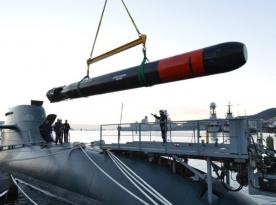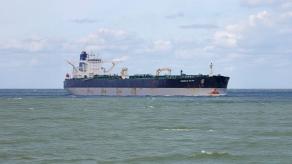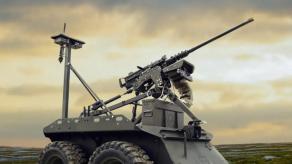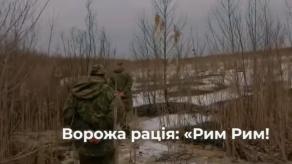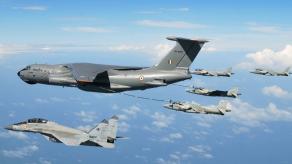The naval operation led by the Defense Intelligence of Ukraine against the Ivanovets missile boat (or corvette according to NATO classification) can objectively be considered the most effective deployment of this type of weapon against russian surface targets.
Until now, Ukrainian explosive remotely controlled vessels only managed to significantly damage russian ships, like when they targeted the Olenegorsky Gornyak landing ship — the drones opened a hole in the warship's hull yet it managed to stay afloat and reached the port to commence repair. Ivanovets, however, straight up sank after multiple hits to the stern and sides, both metaphorically and literally.
Read more: Ukrainian Naval Drones Take Down russian Ivanovets Missile Corvette (Video)
Some other russian ships also suffered damage to various extents: Admiral Makarov frigate, Ivan Golubets trawler, Samum air cushion missile ship, and Ivan Khurs reconnaissance ship. There were also attempts to attack several Project 22160 Vasily Bykov patrol ships.
However positive of an outcome just landing a successful hit may be, since it renders an enemy warship incapable until repairs, it still cannot compare with total and irreversible destruction. A different result this time might be attributed to a change in tactics. There were at least six Magura V5 drones engaged in the mission against Ivanovets missile corvette, five of which struck the target, as recorded in the video above. The actual number of unmanned surface vehicles deployed for the attack could be higher.
The sequence of attacks was also meticulous: first, they chased Ivanovets down and hit the stern, rendering it unable to move, and then followed up with finishing strikes to the side. Targeting one point opened up a breach in the hull making each successive hit more effective.
An important factor was the layout of the Project 1241 Molniya corvettes, well known to Ukrainian commanders. The ship carries P-270 Moskit launchers to its sides. Presumably, the drone hits triggered a detonation of the missiles stored there.
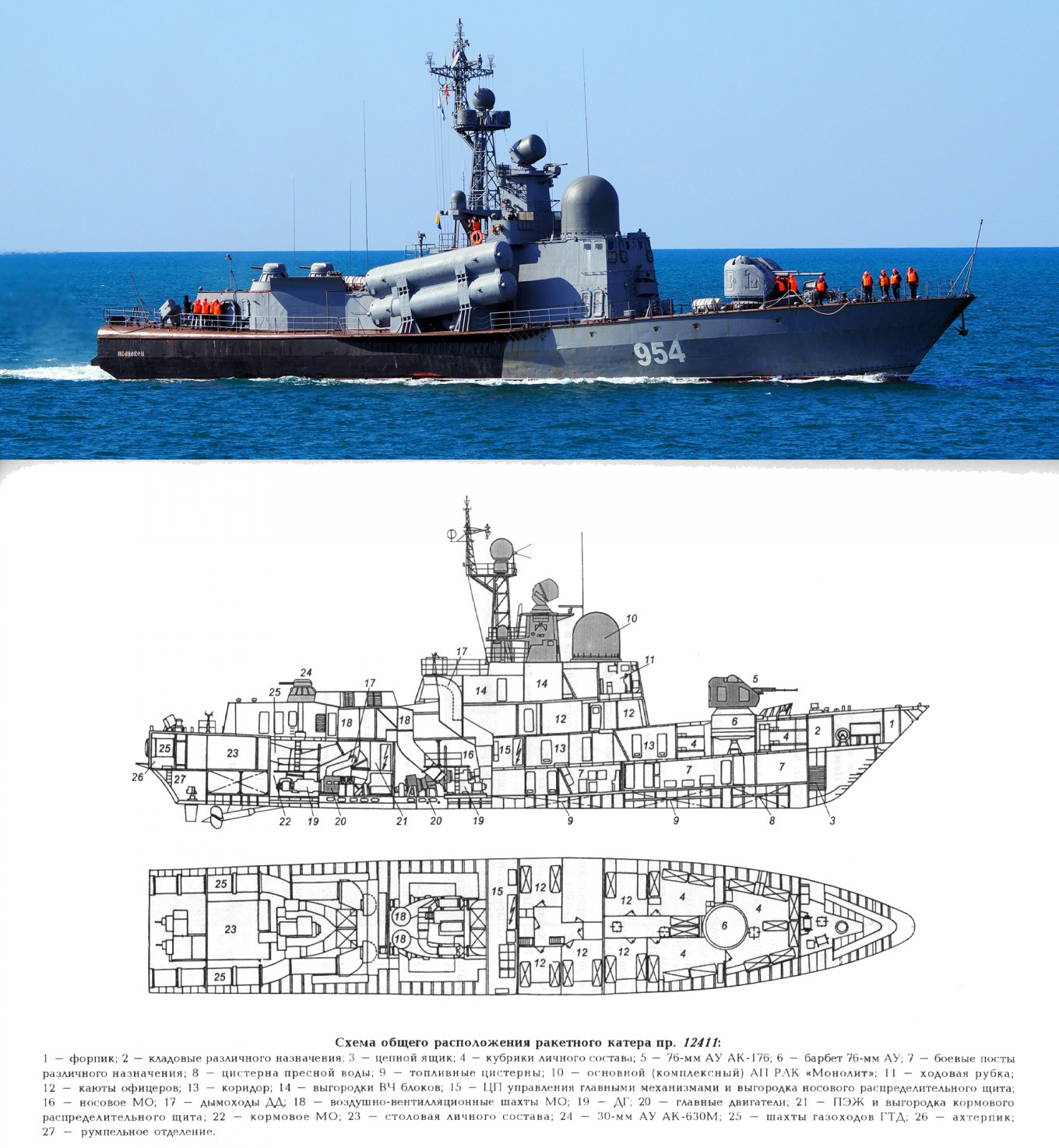
That brings us back to the importance of the banal quantity of drones engaged. A detonation near the waterline is not as effective as directly from under the keel. Although we should also keep in mind that drones are not torpedoes, and the amount of damage they can cause to a ship of this class has not been extensively studied yet.
Next, one more factor is the ship's size. The Molniya-class ships in the Project 1241-M modification have a water displacement of 436 tons. For comparison, the same parameter for a Project 21631 Buyan-M is 850 tons, for a Project 22160 Vasily Bykov patrol ship it is 1800 tons, and for a Project 11356R Admiral Makarov frigate it would be 3830 tons, which requires, accordingly, more drones to inflict such fatal damage. The examples above either have been targeted by Ukrainian drones previously or can come under attack in the Black Sea but none of them so far have sunk as a result.
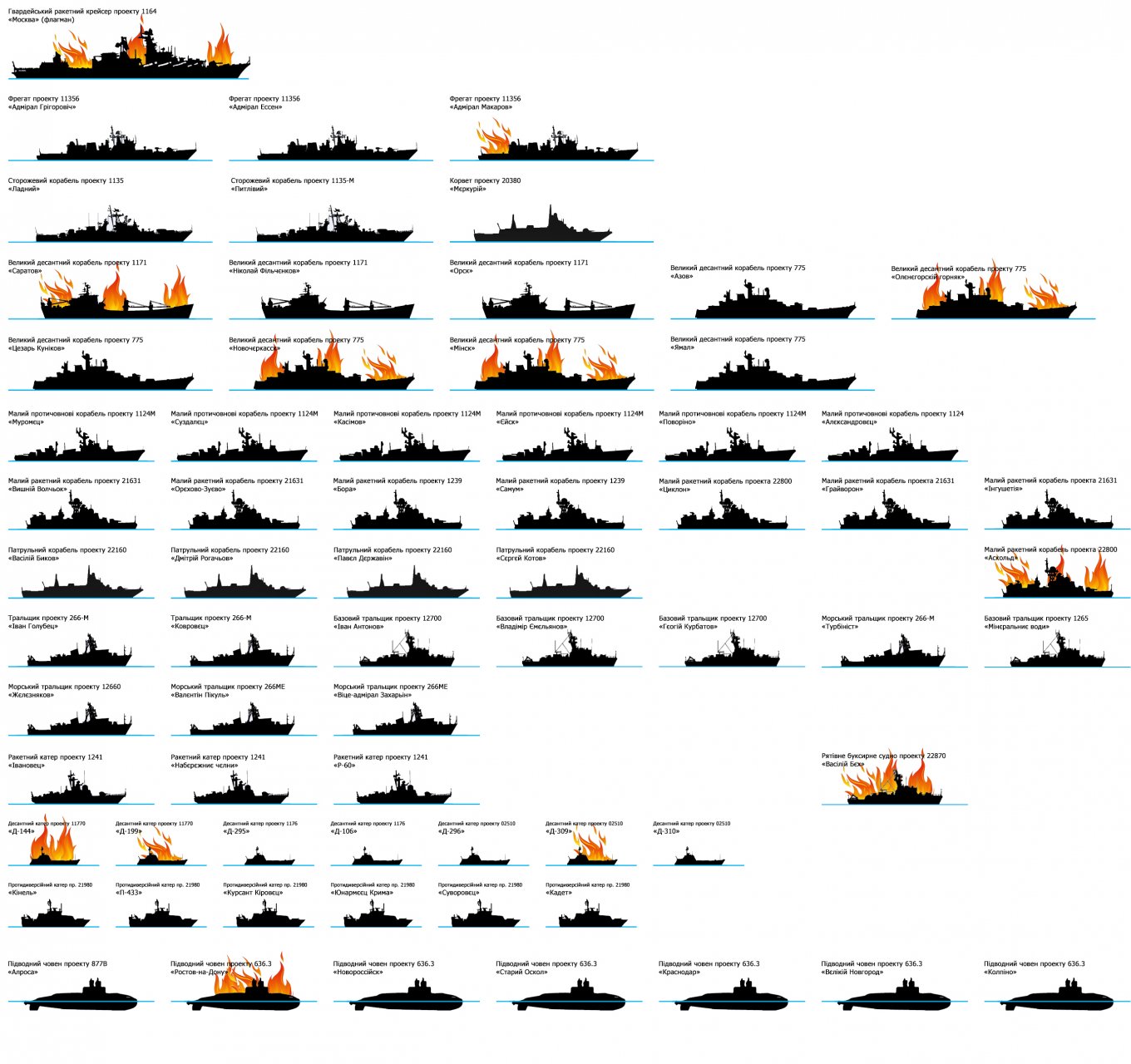
The location played a role as well. As the most relevant satellite imagery suggests, the strike on Ivanets took place in the roadstead near the Donuzlav lake. Practically, the corvette was cornered between the coast and the drones attacking it. Limited room for maneuver could have been critical to the outcome. And of course, it would be impossible for Ukrainian naval drones to sink the target without accurate intelligence on the russian warship's location at a specific point in time.
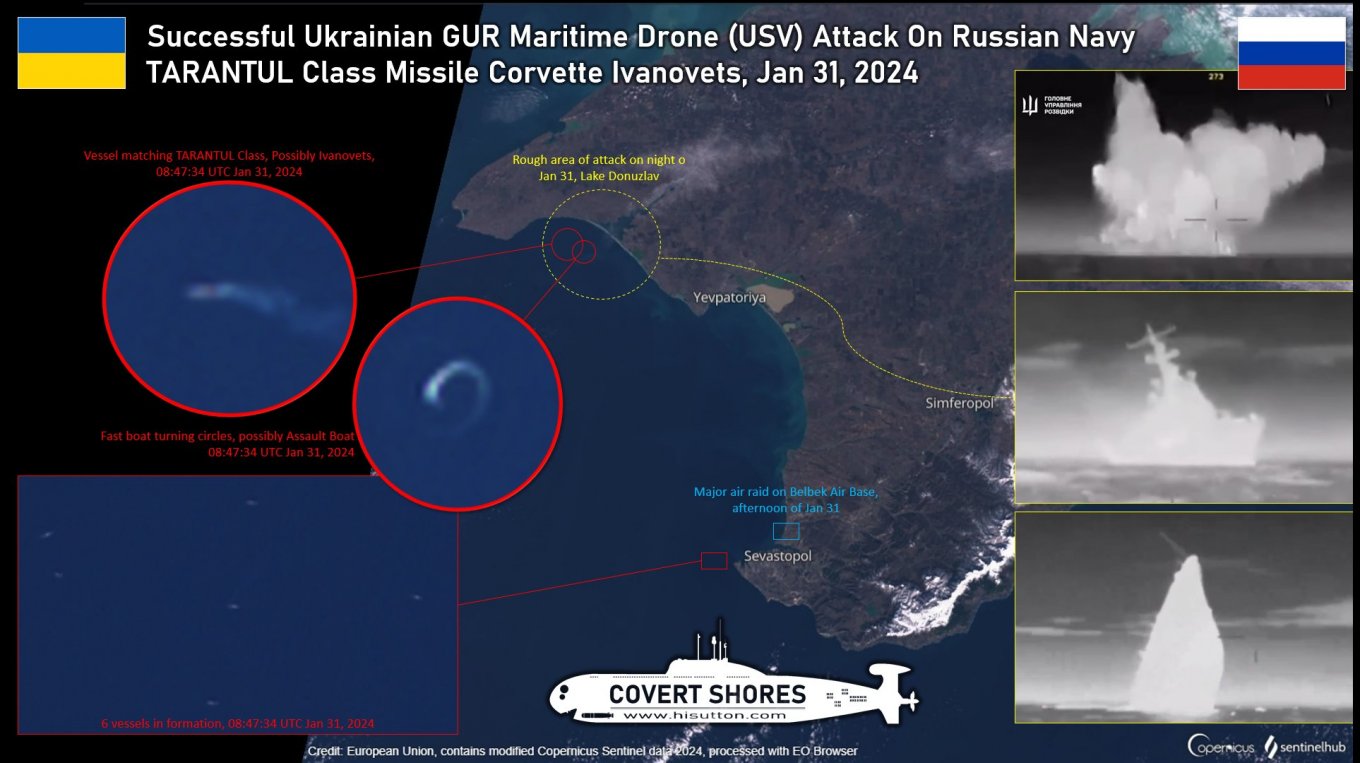
Read more: How russians Explain Losing Ivanovets Ship and Missile Strike on Belbek Airfield






